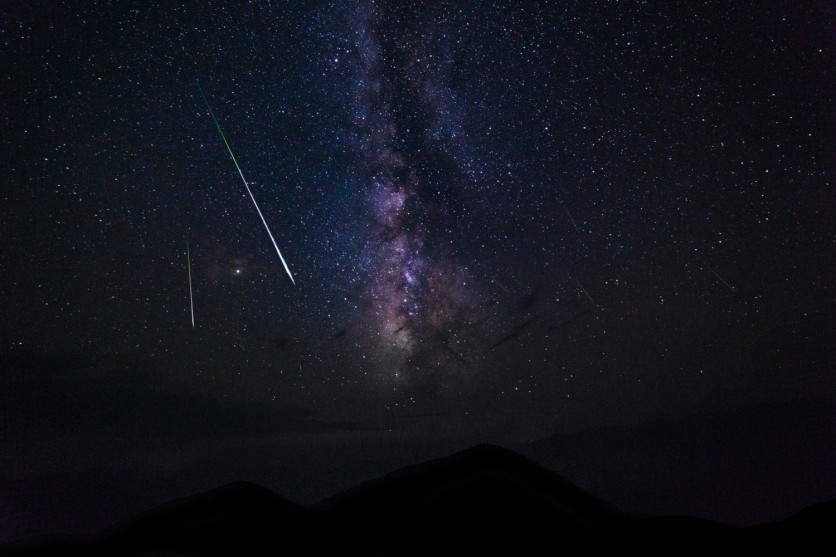Three meteor showers are expected to light up the Australian skies in the next four nights. As such, astronomers and stargazers can now have the opportunity to take a peek over the Southern Delta Aquariids, Alpha Capricornids, and Piscis Austrinids .
If you want to have the perfect shot of your life for these astronomical wonders, here's what you need to know.
Best Time to View the Meteor Showers

According to 9News.au, Australians certainly have the advantage when it comes to viewing the three meteor showers. The report says that the best visible spot for stargazing at them will be in the Southern Hemisphere.
It should be noted that Southern Delta Aquariids, Piscis Austrinids, and Alpha Capricornids will parade the skies starting Thursday, July 28, until Sunday, July 31.
The first meteor shower to light the skies will be the Piscis Austrinids. The other two will start to appear on July 30.
The same report also notes that the peak periods of the meteor showers will take place for 48 hours, so it leaves a lot of time for the viewers to enjoy these rare astronomical sightings.
As per Professor Orsola De Marco, an astronomer from Macquarie University, the Alpha Capricornids will resemble a group of "fireball" meteors as they plunge from the skies.
This particular meteor shower has reportedly been a part of another comet that was said to live 3,000 years ago. It came from the comet 169P-NEAT.
During the viewing time, you can see about 35 meteors every hour under the dark skies. They will be visible from 11:00 PM to 3:30 AM AEST.
If you want to capture a perfect view of the meteor showers, you need to get outside the cities, Kon Stoitsis, a meteorite expert from the Astronomical Society of Victoria said.
Capturing a 'Perfect' Meteor Shower Shot is Challenging
In another story by The Guardian, the photography expert Jay Town said that capturing a picture of a moving meteor is "harder." He advised that people who only have smartphones to capture it should just put away their devices and stick to viewing.
"You need a camera, a wide-angle lens, and a tripod. You have to have all of those three, otherwise, it won't work," Town said.
As per his advice, you need to have a wide-open lens so you can closely look at the meteor shower's beauty. In addition, you will need to begin with a 20-second exposure for the setup.
Your goal here is to take a clear shot of the meteors and stars in the skies. The meteorites should look like "streams of light," but make sure that the stars will be sharp to see.
Another thing that you need to carry is the tripod. You need to be steady in snapping photos of meteors as they fall. To avoid blurry shots, Town said that you need to utilize the shutter release. This means that you won't touch your camera but instead use your phone for the release.
Of course, you do not need to merely stick to one, two, or even five photos. As much as possible, take a lot of shots so you can have more choices when selecting what pictures you will post on social media.
This article is owned by Tech Times
Written by Joseph Henry
ⓒ 2025 TECHTIMES.com All rights reserved. Do not reproduce without permission.




